Mariam Khudikyan
Just South of Los Angeles, upon a hilltop rising 110 meters (365 ft.), is where you will find an idyllic neighborhood of suburban homes. In the early 1500's, the Native Puva Tribe used it as a point of contact to "signal" to other tribes miles away, like that of Santa Catalina Island. This is what led incoming Spanish settlers to call it "Loma Sental."
Today, we know it as Signal Hill.
Today, we know it as Signal Hill.
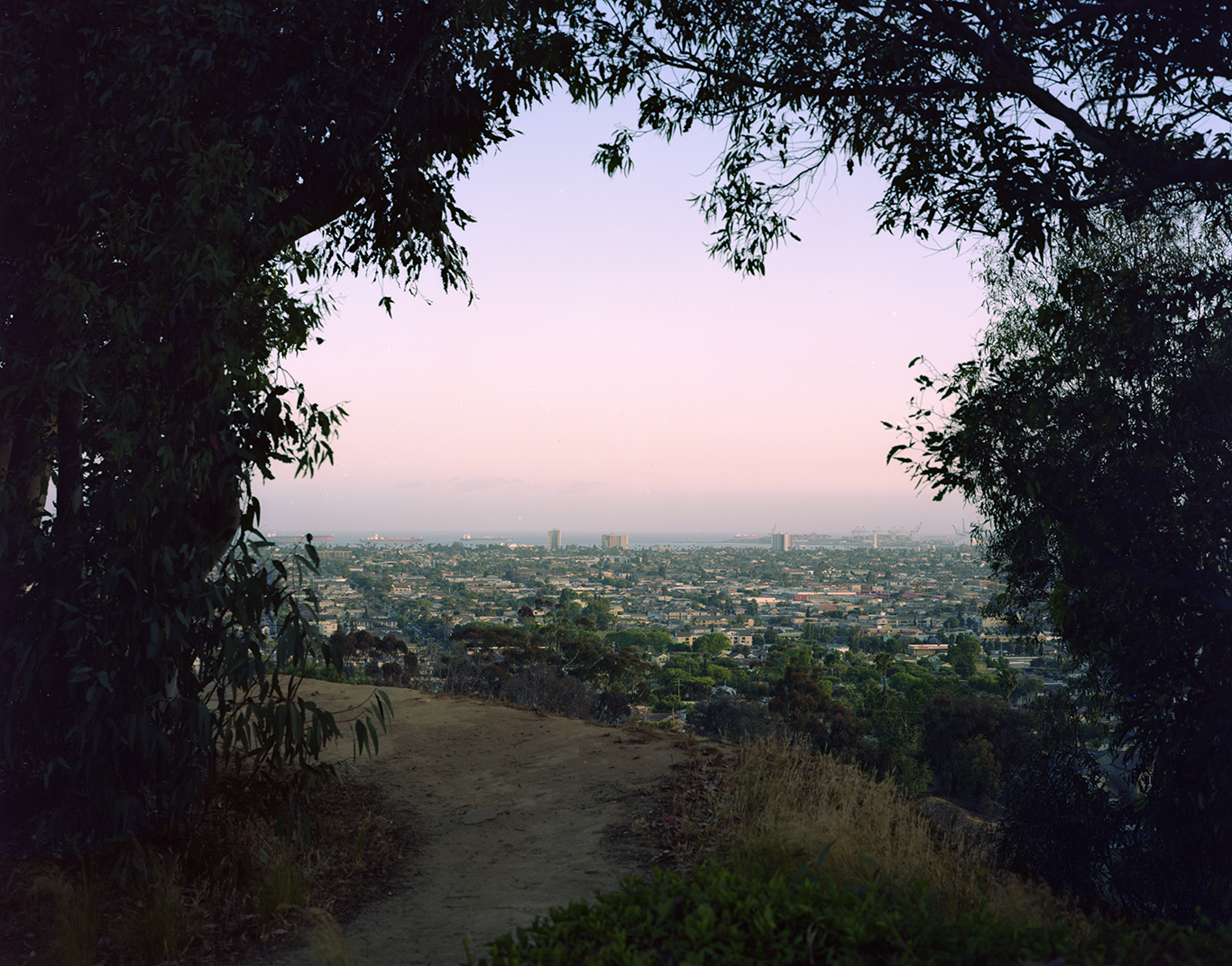
A view of Long Beach and Catalina Island, as seen from Signal Hill.
The signals of today are generated by two radio towers that stand at the hill's highest point. Immediately below them, beautifully crafted homes line the surrounding streets, all leading down to one of the many sweeping vistas that make Signal Hill such a desirable place to live (Fig 3.).
With their nearly identical facades, the neighborhood gives an impression of perfection. But upon taking a closer look, there is a part of this poised community that doesn't seem to belong.
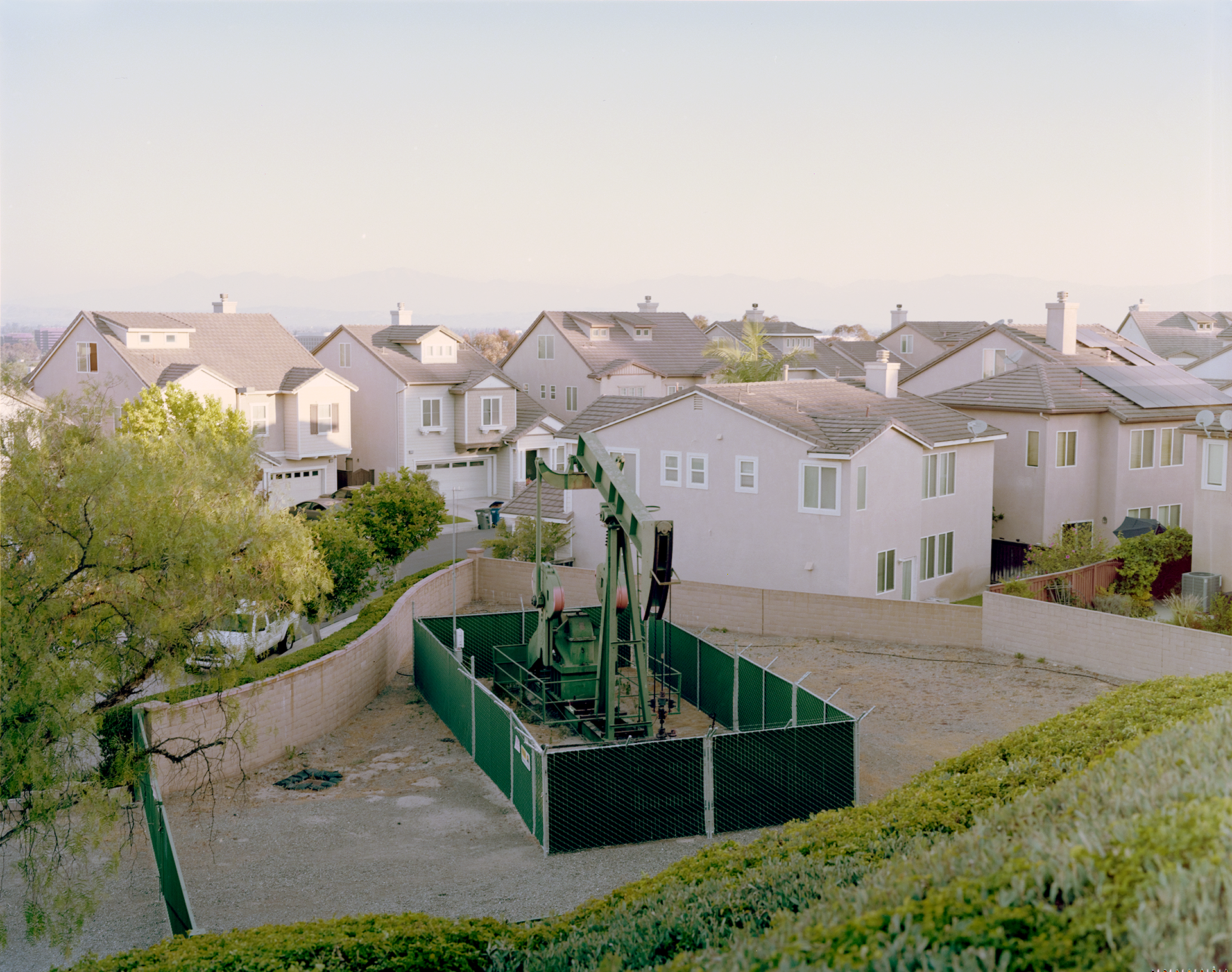
In between these homes are active oil wells.
While their sounds have been reduced to a faint whistle, their crane-like heads ceaselessly bow to an industry built upon fossil fuel extraction.
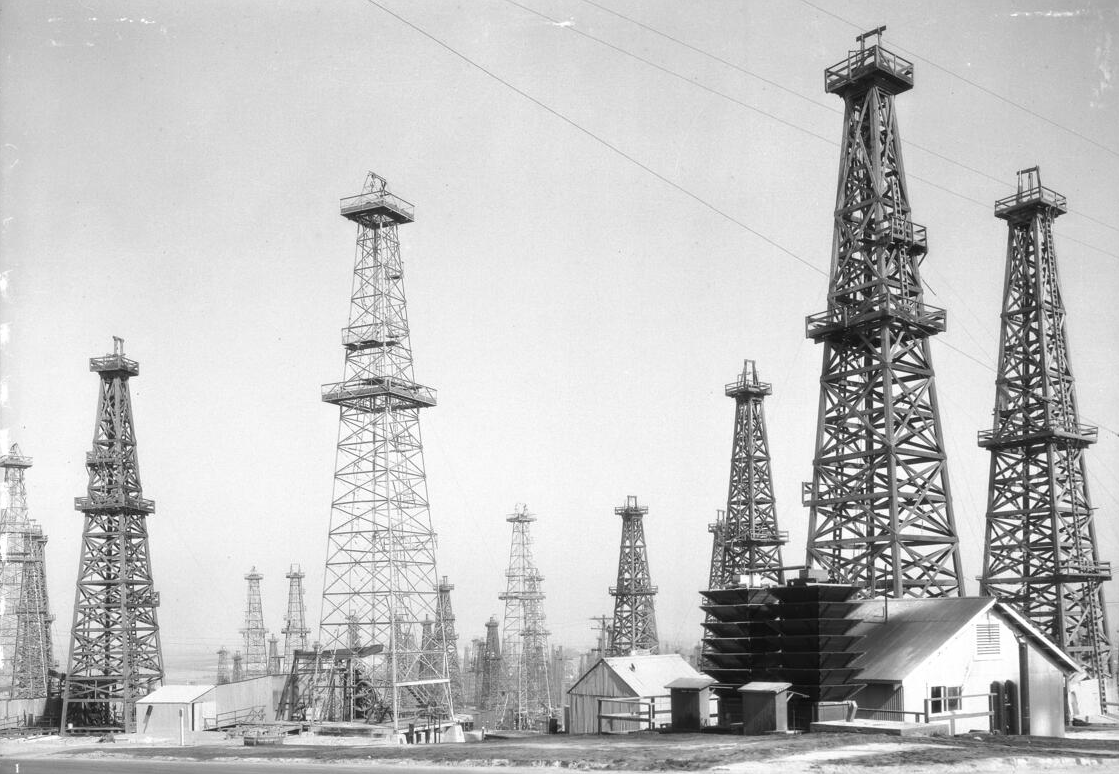
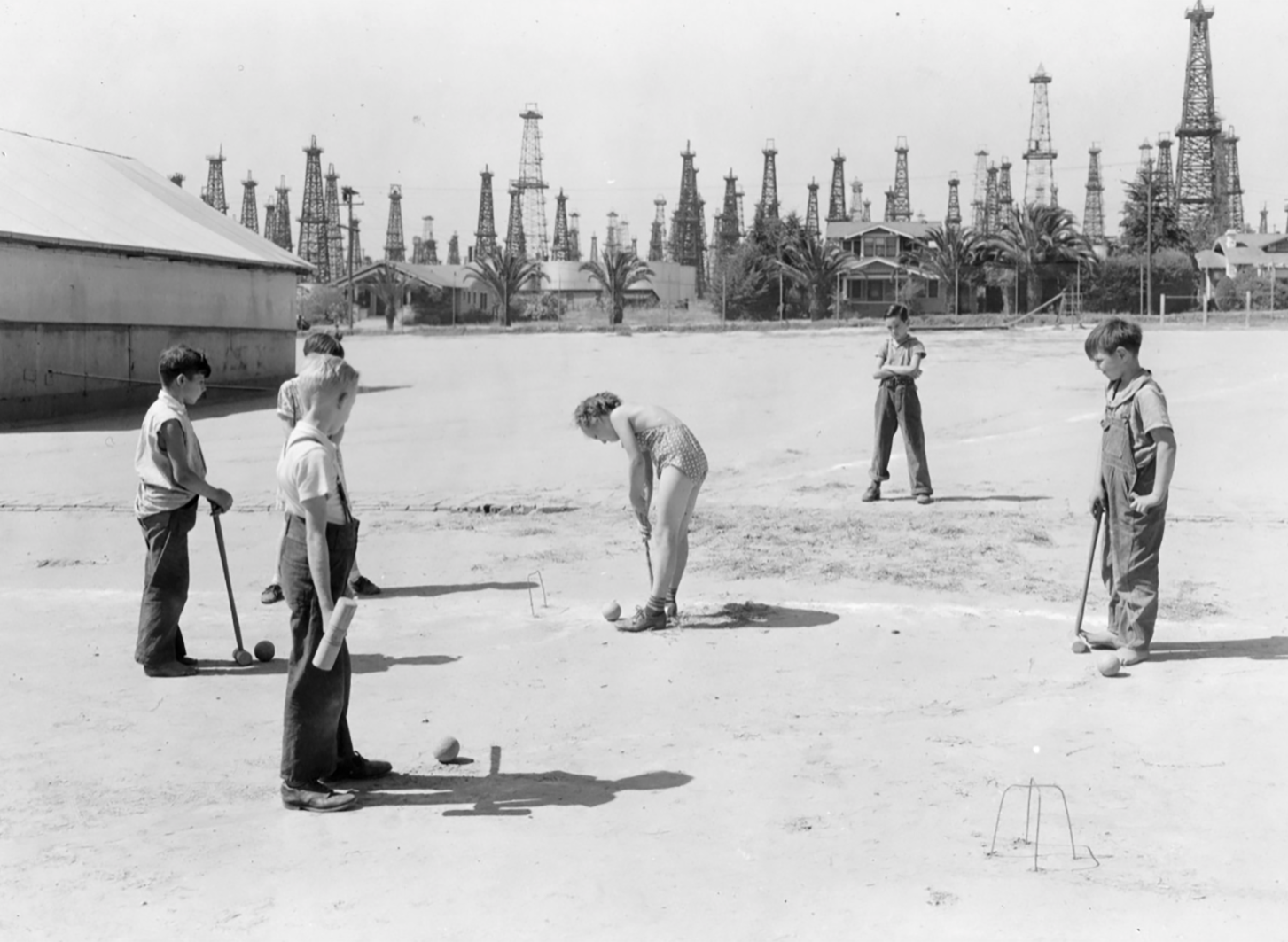

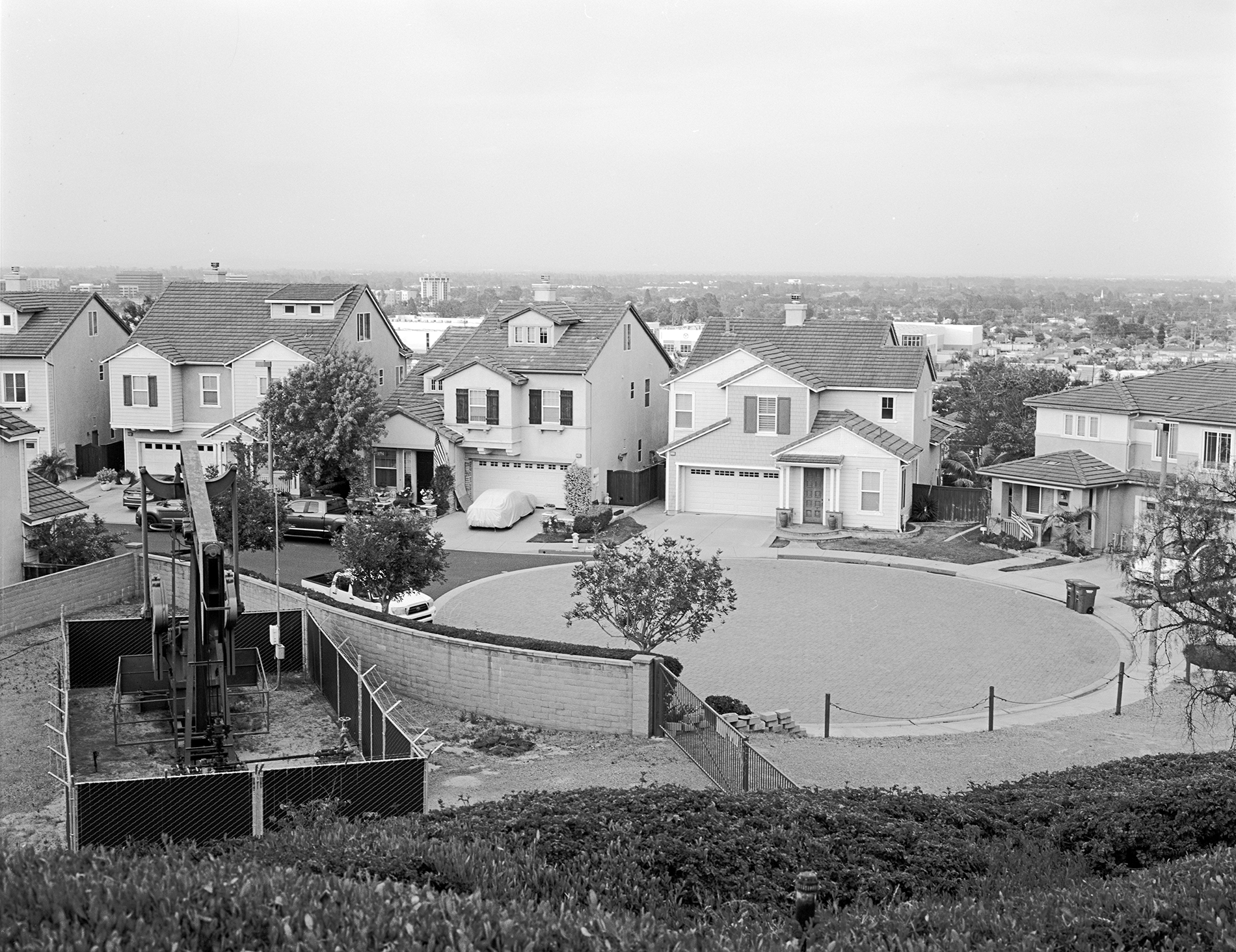
In 2022, residents banded together to protest against a referendum that would have given their local oil company 40 more years of control and permission to build more wells in the area. The city is known for being one of the early hubs of oil discovery in early 20th century Los Angeles.
Residents have become more outspoken about the long term health effects that drilling can cause, and the continuous threats of contamination to water from harsher drilling like fracking. With the help of a proposed Bill, SB1137, they were able to overturn the referendum. They won. This was a big win for the residents of Signal Hill.
It also set precedent for change for the whole of Los Angeles.
Residents have become more outspoken about the long term health effects that drilling can cause, and the continuous threats of contamination to water from harsher drilling like fracking. With the help of a proposed Bill, SB1137, they were able to overturn the referendum. They won. This was a big win for the residents of Signal Hill.
It also set precedent for change for the whole of Los Angeles.

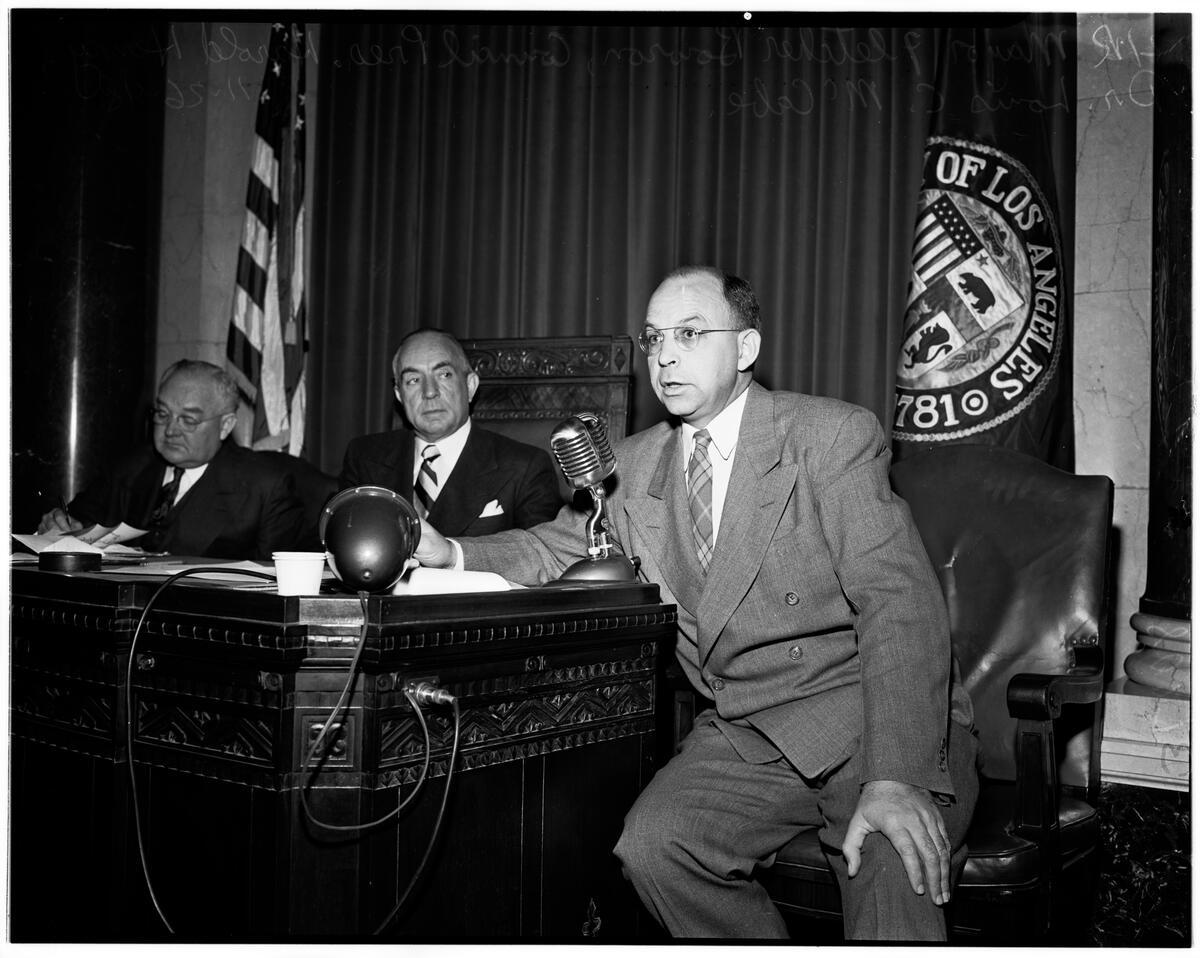

But their win was short-lived. It wasn't long after that the oil company took a page from the environmentalist’s playbook: They hired their own scientists and gained cause for a lawsuit.
While it is not clear whether plans to drill are still in place, the residents of Signal Hill no longer have the grounds to stop them.
By weaving together the history of Signal Hill, scientific studies, and photographs of the city present day, my project reveals not only the beauty of a thriving community but also the ruthless exploitation of the Big Oil industry that continues to threaten their public health.
While it is not clear whether plans to drill are still in place, the residents of Signal Hill no longer have the grounds to stop them.
By weaving together the history of Signal Hill, scientific studies, and photographs of the city present day, my project reveals not only the beauty of a thriving community but also the ruthless exploitation of the Big Oil industry that continues to threaten their public health.
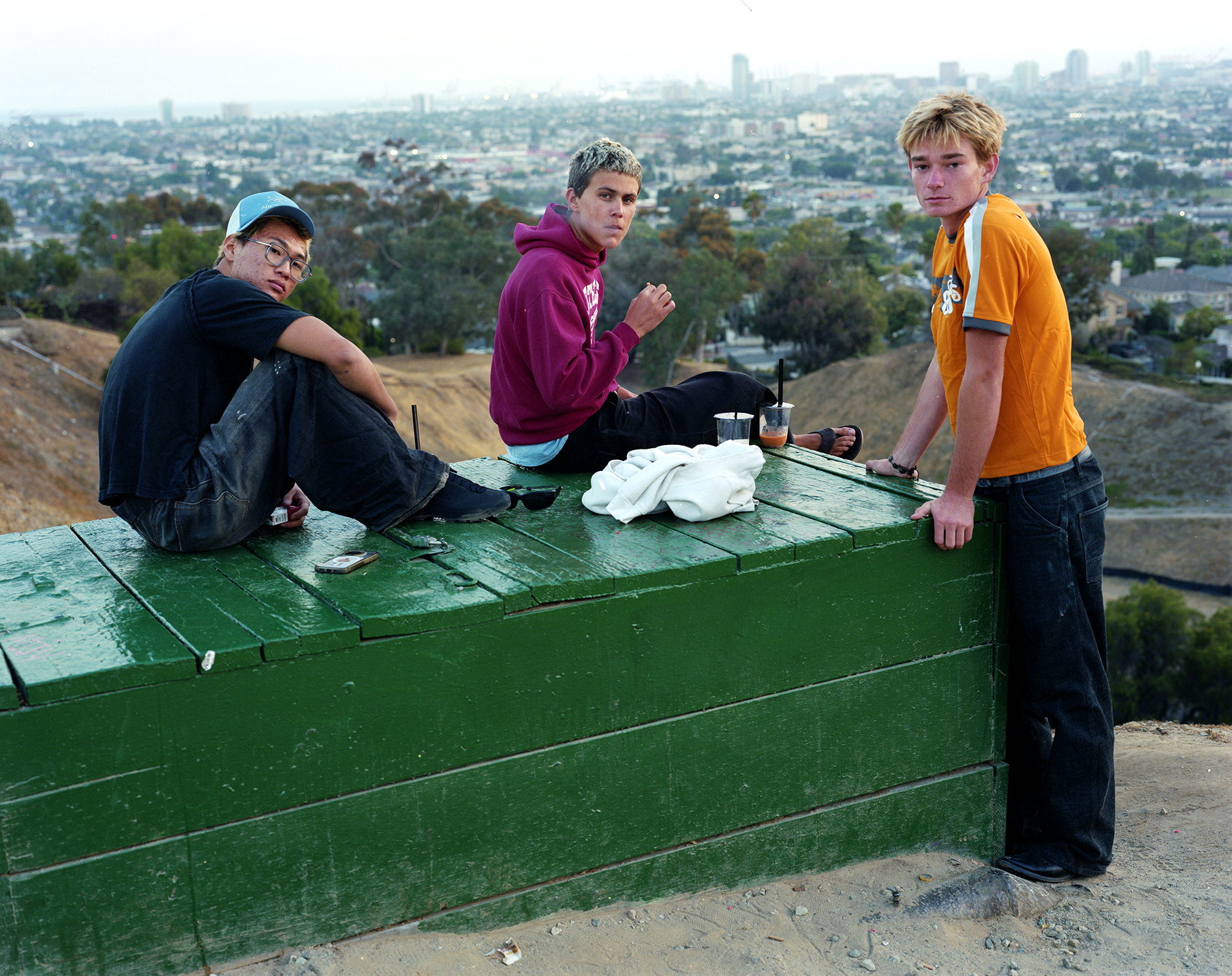
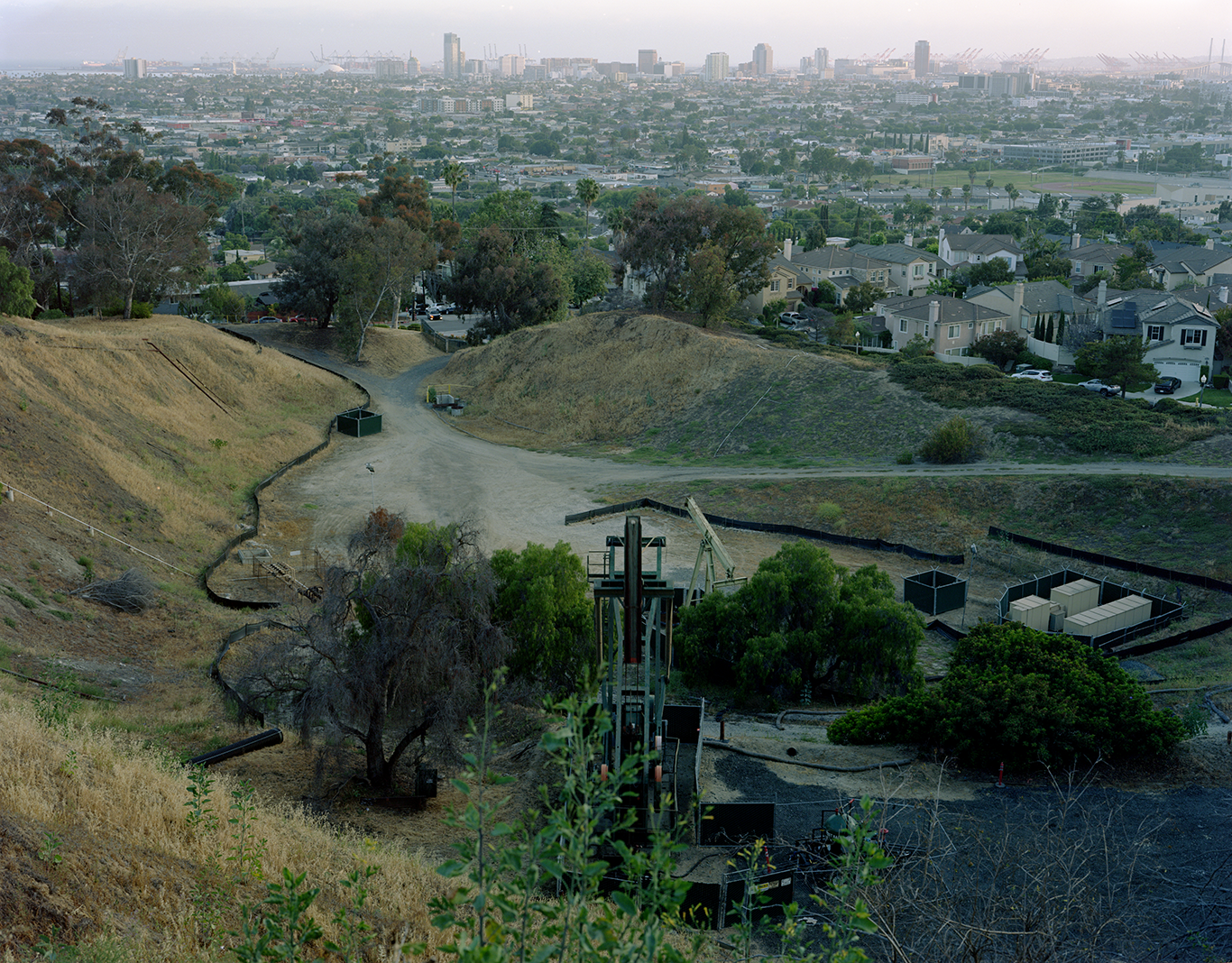
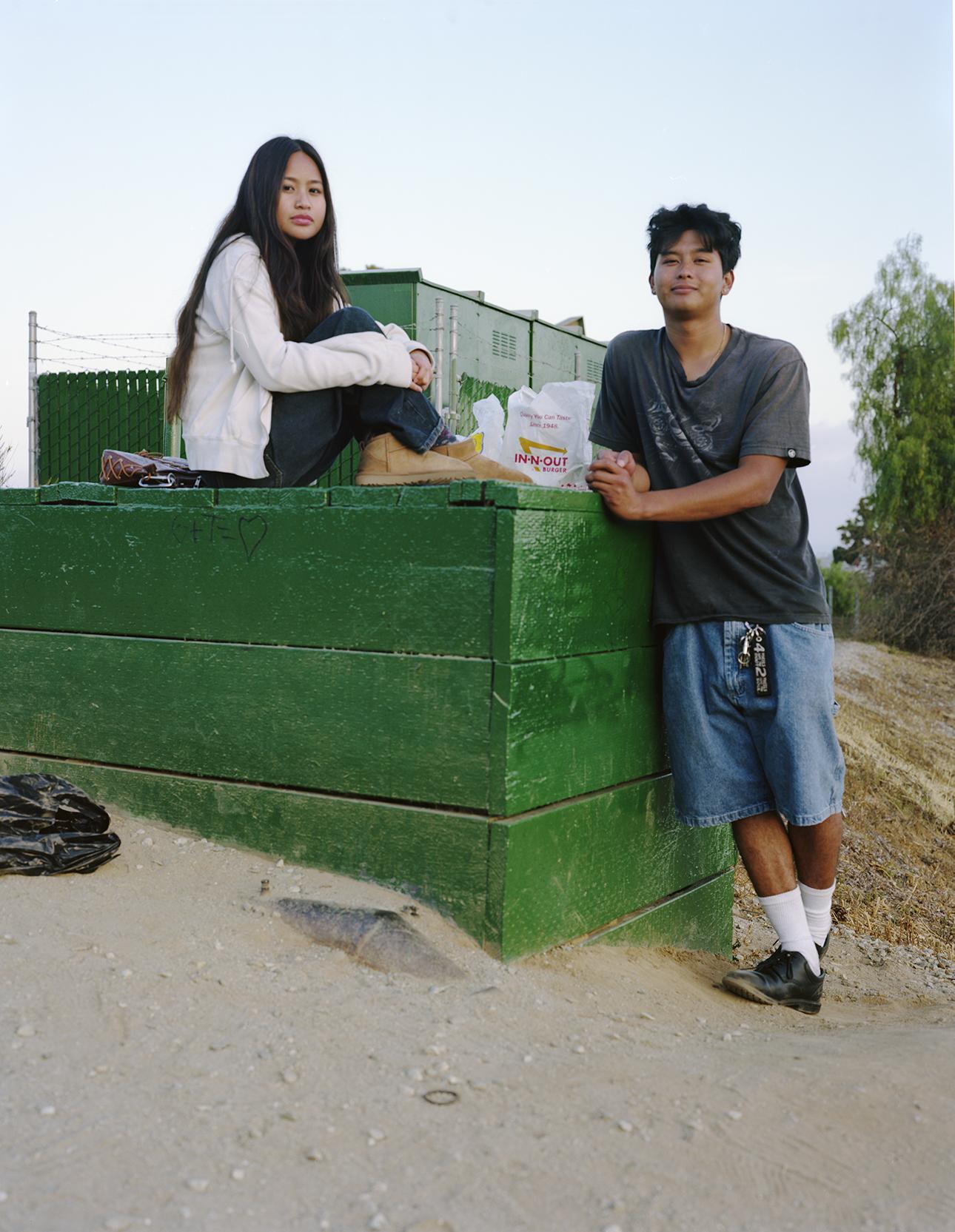
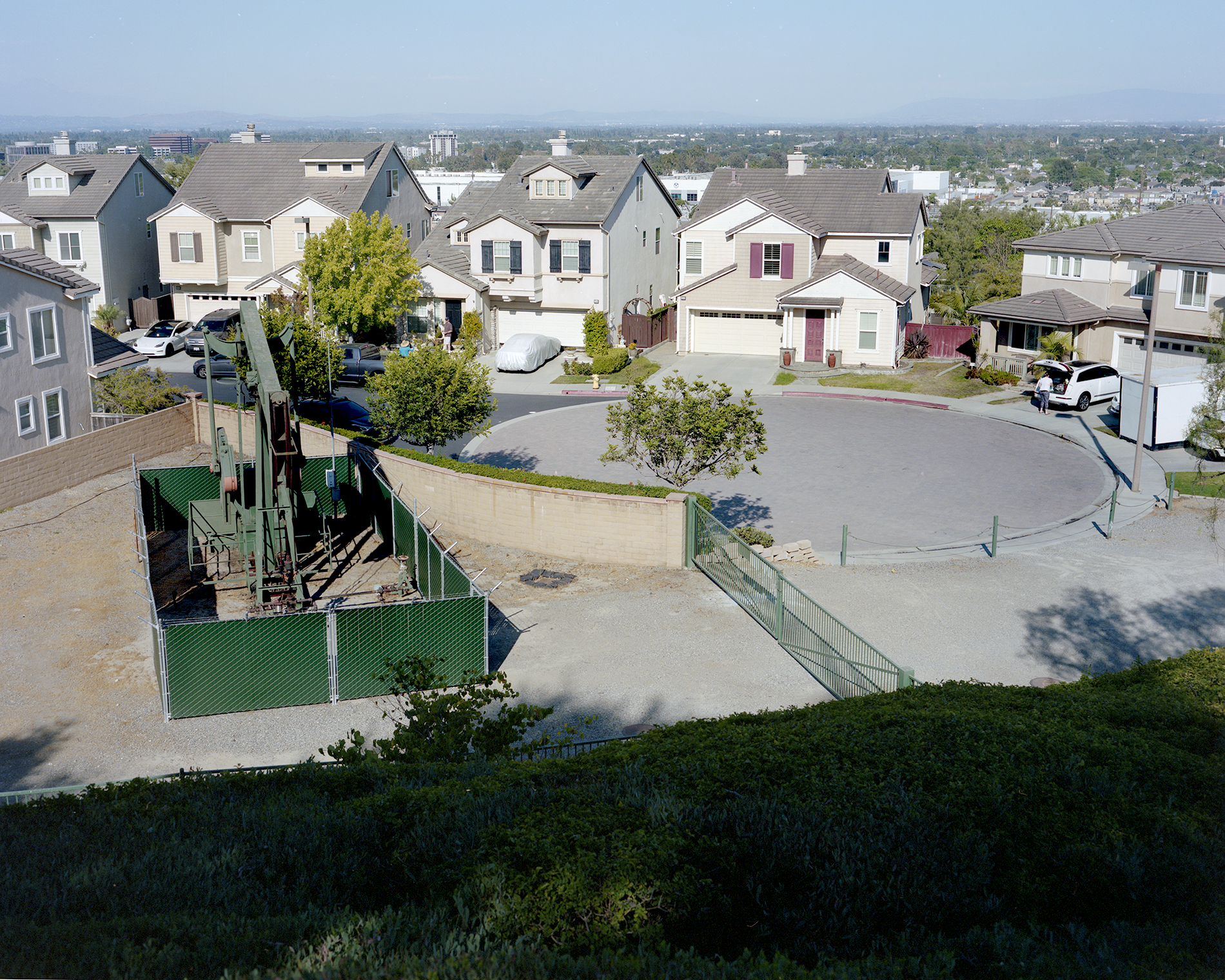
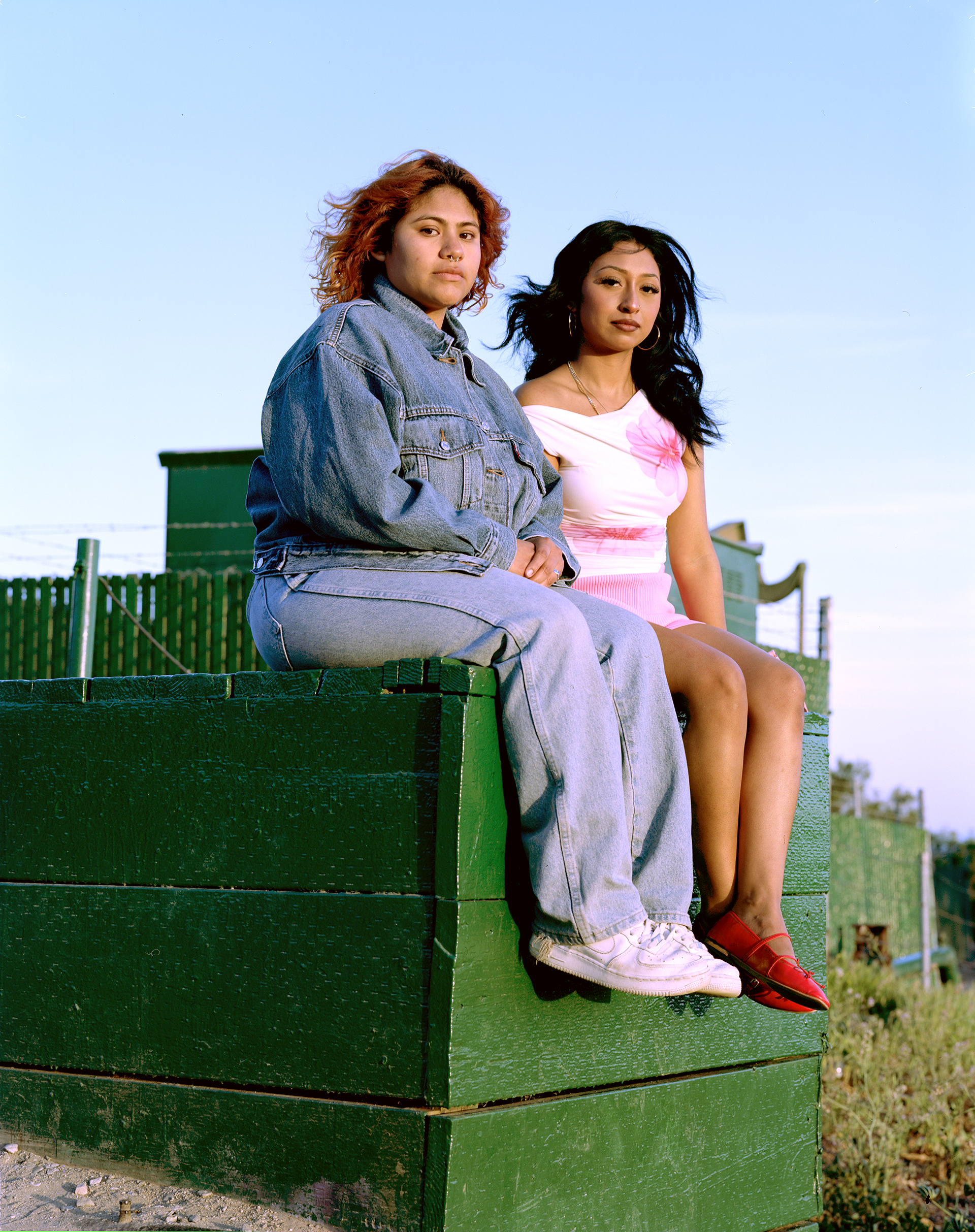
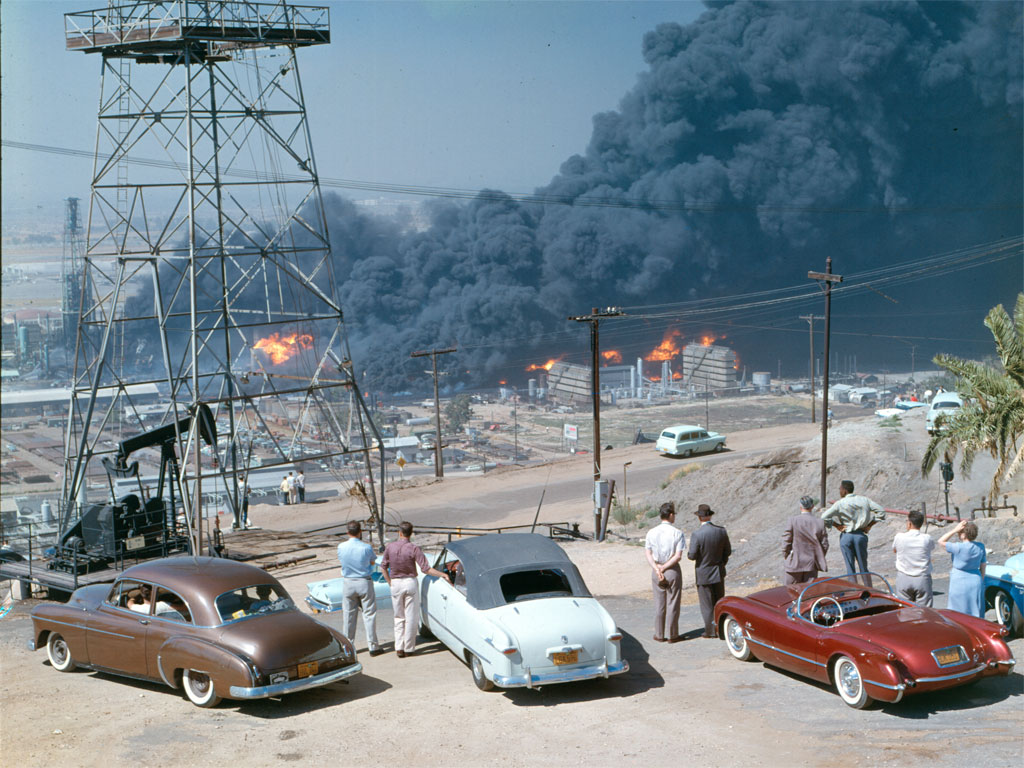


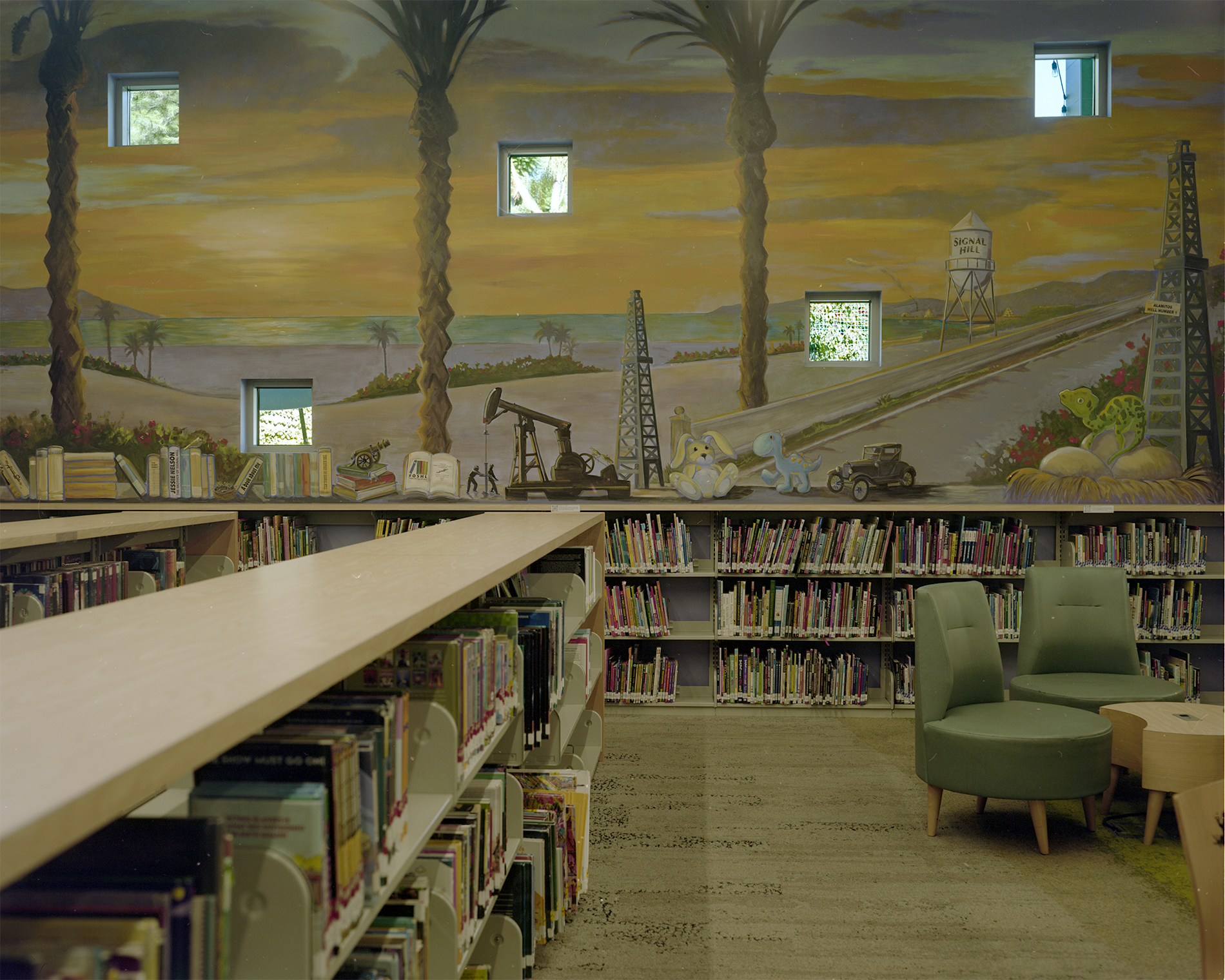
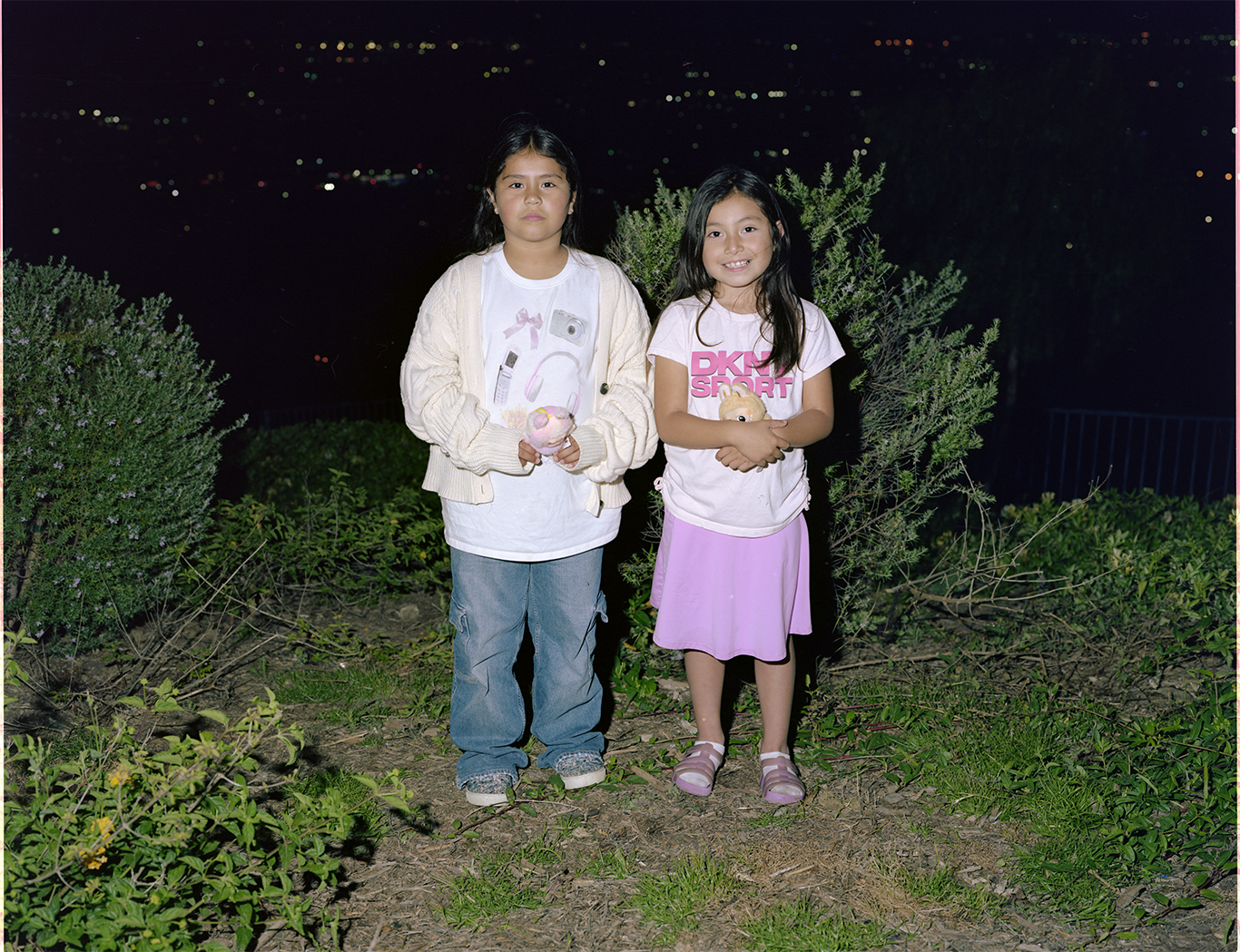
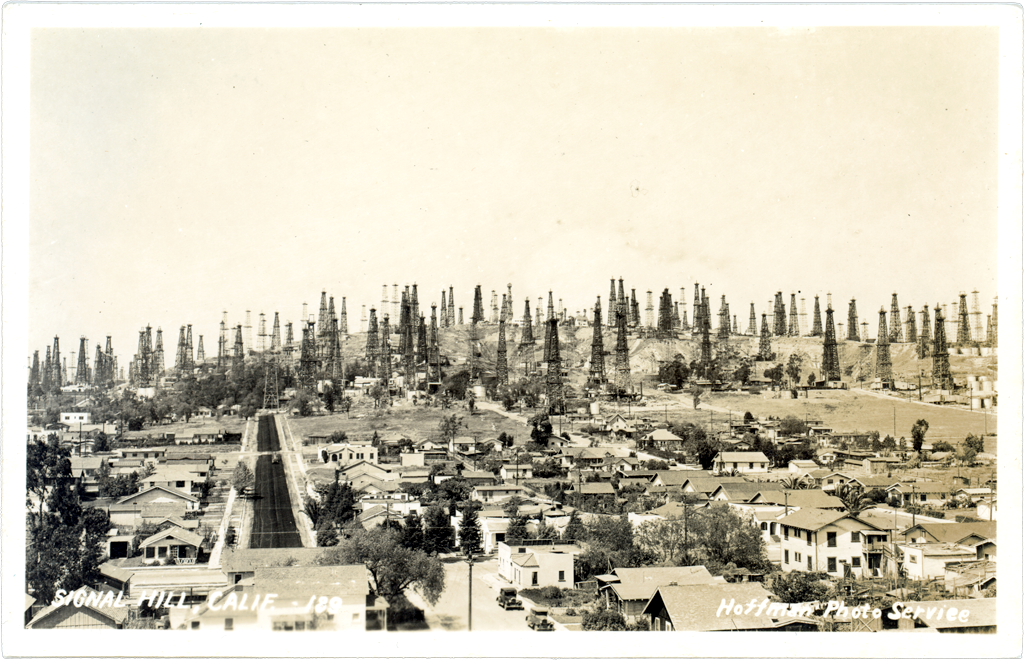
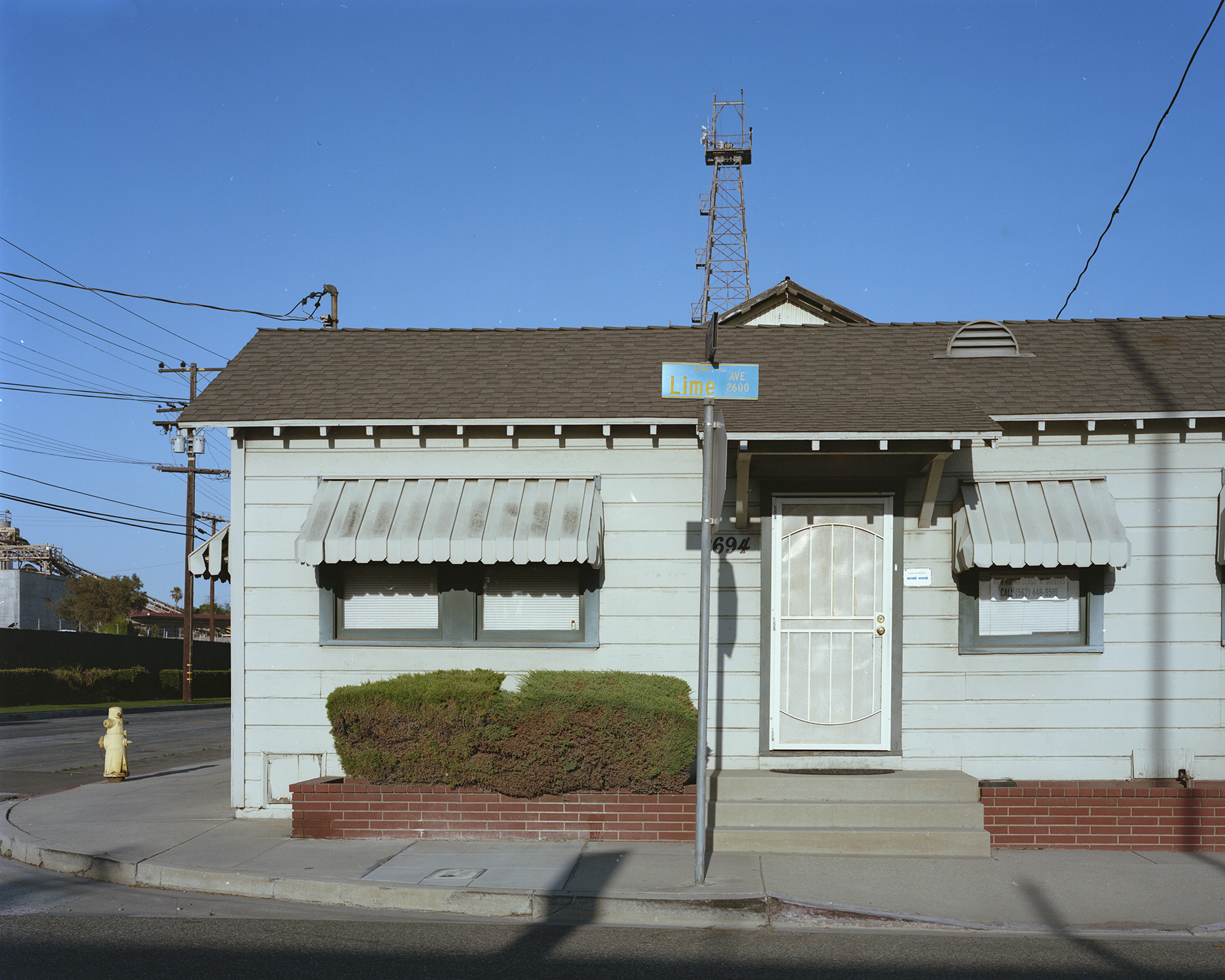
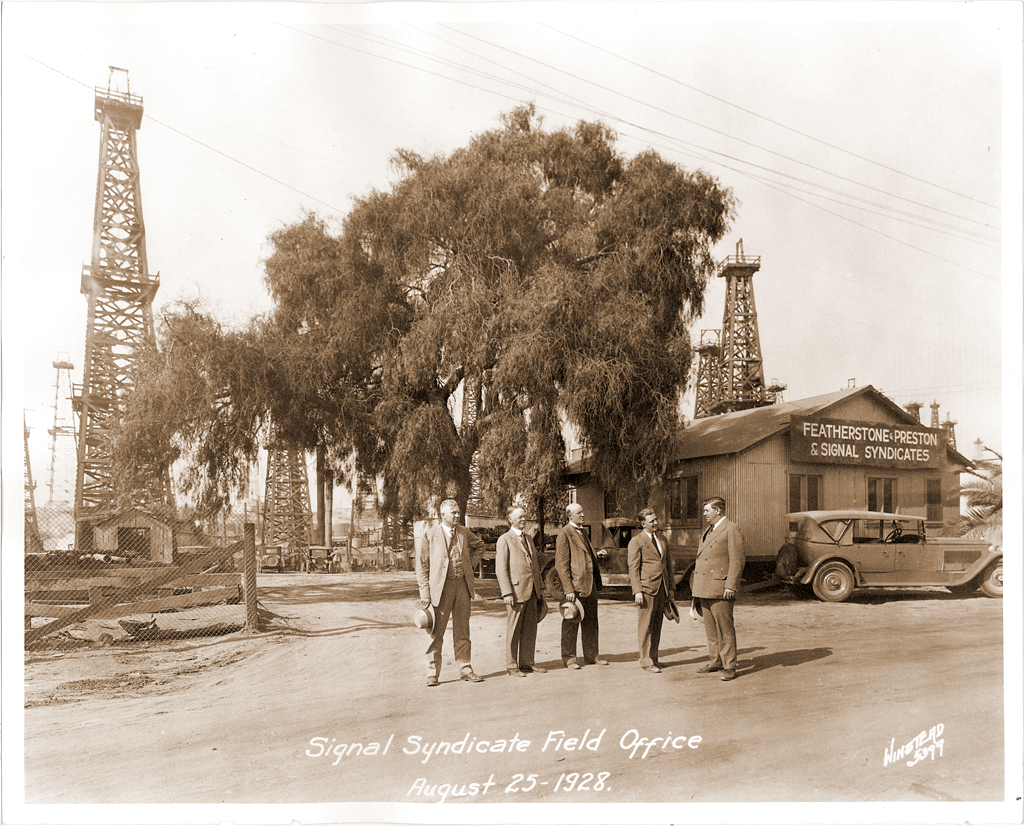

Just South of Los Angeles, upon a hilltop rising 110 meters (365 ft.), is where you will find an idyllic neighborhood of suburban homes. In the early 1500's, the Native Puva Tribe used it as a point of contact to "signal" to other tribes miles away, like that of Santa Catalina Island. This is what led incoming Spanish settlers to call it "Loma Sental."
Today, we know it as Signal Hill.
Today, we know it as Signal Hill.

The signals of today are generated by two radio towers that stand at the hill's highest point. Immediately below them, beautifully crafted homes line the surrounding streets, all leading down to one of the many sweeping vistas that make Signal Hill such a desirable place to live (Fig 3.).
With their nearly identical facades, the neighborhood gives an impression of perfection. But upon taking a closer look, there is a part of this poised community that doesn't seem to belong.

In between these homes are active oil wells.
While their sounds have been reduced to a faint whistle, their crane-like heads ceaselessly bow to an industry built upon fossil fuel extraction.




In 2022, residents banded together to protest against a referendum that would have given their local oil company 40 more years of control and permission to build more wells in the area. The city is known for being one of the early hubs of oil discovery in early 20th century Los Angeles.
Residents have become more outspoken about the long term health effects that drilling can cause, and the continuous threats of contamination to water from harsher drilling like fracking. With the help of a proposed Bill, SB1137, they were able to overturn the referendum. They won. This was a big win for the residents of Signal Hill.
It also set precedent for change for the whole of Los Angeles.
Residents have become more outspoken about the long term health effects that drilling can cause, and the continuous threats of contamination to water from harsher drilling like fracking. With the help of a proposed Bill, SB1137, they were able to overturn the referendum. They won. This was a big win for the residents of Signal Hill.
It also set precedent for change for the whole of Los Angeles.



But their win was short-lived. It wasn't long after that the oil company took a page from the environmentalist’s playbook: They hired their own scientists and gained cause for a lawsuit.
While it is not clear whether plans to drill are still in place, the residents of Signal Hill no longer have the grounds to stop them.
By weaving together the history of Signal Hill, scientific studies, and photographs of the city present day, my project reveals not only the beauty of a thriving community but also the ruthless exploitation of the Big Oil industry that continues to threaten their public health.
While it is not clear whether plans to drill are still in place, the residents of Signal Hill no longer have the grounds to stop them.
By weaving together the history of Signal Hill, scientific studies, and photographs of the city present day, my project reveals not only the beauty of a thriving community but also the ruthless exploitation of the Big Oil industry that continues to threaten their public health.













